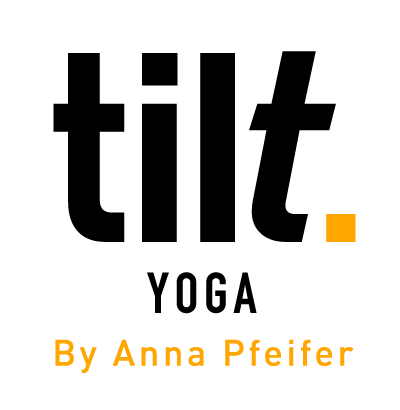Flexibility.
Flexibility varies widely from person to person and dependent on a number of factors such as our anatomical structure, genetics, age, gender, history of injury and activity levels.
As our bodies get older, we lose a small amount of flexibility as a result of the normal aging processes. There is loss of water in our tissues and intervertebral discs, increased stiffness in our joints, and a loss of elasticity in muscles and tendons therefore becoming less supple and more prone to injury.
To improve flexibility, we need to stretch!! Simple as that. Without it, the muscles shorten and become tight. Then, when you call on the muscles for activity, they are weak and unable to extend to their full range.
Yoga supports the body in improving flexibility in two main ways:
It stimulates and stretches fascia, a connective tissue that surrounds and permeates bodily tissues. When fascia is restricted or tight, it can limit the range of motion of nearby joints and muscles.
Trains the nervous system to allow the muscles to release and extend.
In Yoga there are two main types of stretching:
Dynamic – Perfect pre-workout/exercise (prepares the body for activity or sport)
Static – Great post workout
One of the main purposes of dynamic stretching is to prepare the body for activity or sport, which is why dynamic stretching is so effective as part of a warm up routine whereas static stretching aids in the cool-down process and helps the body re-integrate into a resting state.
There’s no right or wrong here, both types of stretching are great for flexibility and as yoga integrates both these styles, it’s perfect balance for all round body maintenance. We only have one body so we need to look after it!


